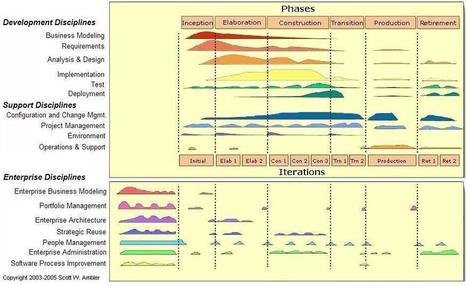Au vu du nombre de gens qui recherchent de la documentation sur le RUP & ce qui y est associé chez IBM, je vous propose quelques liens vers différentes sources de documents (d'IBM). Je rajouterai au fil de
Research and publish the best content.
Get Started for FREE
Sign up with Facebook Sign up with X
I don't have a Facebook or a X account
Already have an account: Login
For Product Owners/Product Managers and Scrum Teams: Growth Hacking, Devops, Agile, Lean for IT, Lean Startup, customer centric, software quality...
Curated by
Mickael Ruau
 Your new post is loading... Your new post is loading...
 Your new post is loading... Your new post is loading...
|
|




![[RUP] IBM : lien vers de la documentation - xUP | Devops for Growth | Scoop.it](https://img.scoop.it/65SiLTcMwP6UmutyHs2Q7Dl72eJkfbmt4t8yenImKBVvK0kTmF0xjctABnaLJIm9)







![[UP] Avez vous des cours sur UP? - xUP | Devops for Growth | Scoop.it](https://img.scoop.it/Ix_vCWKaMZ5ulgZ9f-tocjl72eJkfbmt4t8yenImKBVvK0kTmF0xjctABnaLJIm9)







Livres Blancs
Liste des redBooks
RationalEdge archives autour d'uml
recherche autour des UC
http://www.eclipse.org/epf/downloads..._downloads.php
http://process-up.ts.mah.se/RUP/Rati...cess/index.htm
Le Processus Unifié
J'ai trouvé un site très clair sur UPEDU, une variante simplifiée de RUP, qui permet aussi de comprendre RUP.
http://www.upedu.org/upedu/